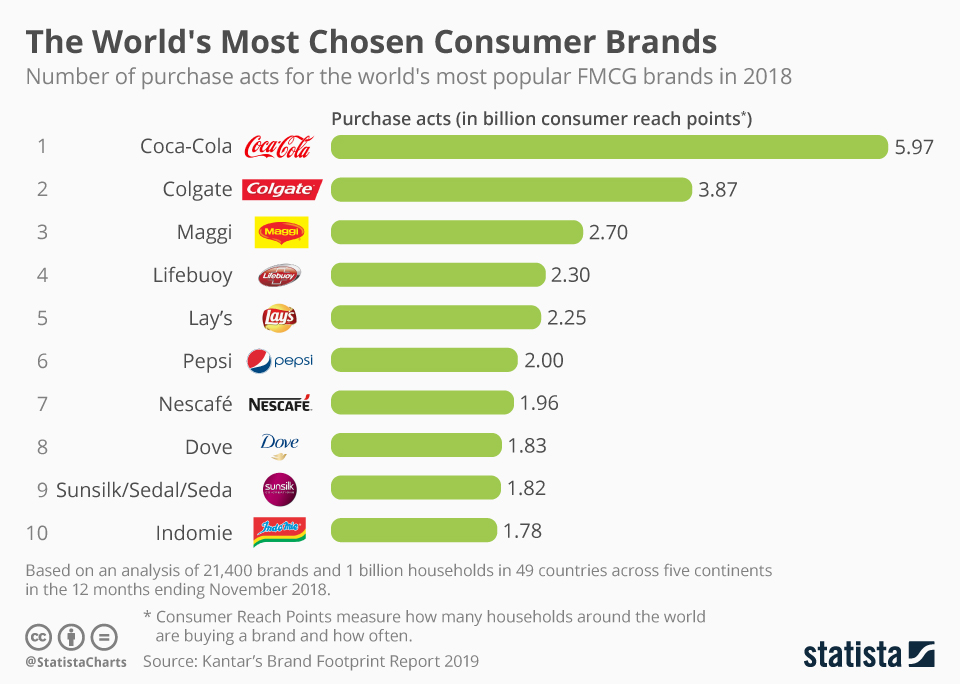
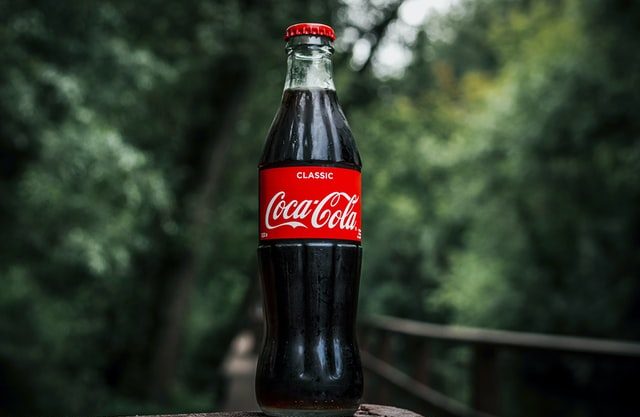
Last Sunday, I went to my nearby Kirana store to get some bread. As I was waiting for the shopkeeper to fetch me a loaf, the TV in his store caught my attention. Some news channel was showing the horror that is going on some parts of the world.
Noticing this, the shopkeeper told me something, which translated in English, is “Only if humans could forget the differences and enjoy the commonality, the world would be a better place…” I nodded in agreement but kept thinking, people everywhere are so different, be it culture, race, nationality, etc. So how do we find something familiar?… The answer to my question was resting right next to the TV, in its iconic shape, chilled as everyone likes it…A bottle of Coke.
What is it about Coke that makes it so much more than a refreshment? How has it transcended from being a refreshment drink to a feeling? Let’s deep dive into all of this and much more as we take a look at the marketing mix (4Ps), plan, and strategy of Coca-Cola.

Between 1886 and 1959, the price of Coca-Cola was set at five cents or one nickel. This was possible for reasons including bottling contracts the Company signed in 1899, advertising, vending machine technology, and a relatively low inflation rate.
In 1899, when approached by two lawyers, the then Coca-Cola president, Asa Candler, sold the bottling rights to them for a meager amount of one dollar, thinking bottling would never take off, as soda fountains were the predominant way of consuming carbonated beverages in the United States. Bottling did become popular, surpassing fountain sales in 1928.
Since the contract was non-expiring, Coca-Cola had to sell their syrup at a fixed price. This meant that Coca-Cola’s profits could be maximized only by maximizing the amount of product sold, minimizing the price to the consumer. This led to Coca-Cola aggressively associating their product with a five-cent price tag, providing incentive for retailers to sell at that price even though a higher price at a lower volume would have brought them profit otherwise.
Another aspect to consider was that vending machines were prevalent during that time, and Coca-Cola owned around 85% of the total vending machines in the US in the 1950s. These existing vending machines couldn’t reliably make the change, and hence the Company feared requiring multiple coins from the customer may deter them from buying the product. Reluctant to double the price, the Company preferred to stick to five cents.
When it comes to developing countries like India, where consumers are very price-sensitive and may flip to competitors, especially Pepsi, keeping this in mind, both parties agree to price parity in each segment.
The way Coca-Cola prices its product is exciting. For the sake of this article, we will use one product as an example here, the Classic Coca-Cola. As we know, Coca-Cola’s price in the modern day is not fixed. We can purchase it for as low as 50 cents a can and as high as $5.
To illustrate, if you buy a can for 50 cents, you are buying the product as a slab of 24 cans. So, there is saving, but it’s a quantity-buy. For a little more, $1.49, you will get a chilled can at the supermarket. You’ll have to pay a little more in a petrol station or convenience store since it is more of an impulse buy. In a vending machine, which is generally located at places with no other food source, the price is higher at around $2.50. In a cafe, it would cost approximately $4.50. And the same Coke in a hotel would cost about $5.
The different price points for Coke are driven by the type of consumption, “the need state”, or “the desire state”. Therefore, the pricing power resides in the usage and the location, and the utility that the customer derives from that.
When it tries to enter a new market, mainly those sensitive to price, Coca-Cola prices its products at lower price points than its competitors in that segment. Once the brand is established, it repositions itself as a premium brand through various promotions.
With such a genius pricing strategy in its marketing mix, Coca-Cola has been able to achieve such a high margin of 27%. The below graph shows Coca-Cola’s global revenues from 2009 to 2020, as we see its revenues peaked in 2012:

If we had to choose one brand that has always been consistent with its promotions in marketing strategy, it is Coca-Cola. Never deviating from the basics, Coke has always been consistent with its projection.
From Santa Clause, as we know him, to the coupon culture we see every day, there are many such things like these that we owe to Coca-Cola. They have had such diverse campaigns, yet their underlying theme has been the same throughout history, Happiness! With slogans like “Enjoy,” “You can’t beat the feeling,” “Happiness,” coke has never been a beverage, but a “feeling.”

While many view our Company as simply “Coca-Cola,” our system operates through multiple local channels. Our Company manufactures and sells concentrates, beverage bases, and syrups to bottling operations, owns the brands, and is responsible for consumer brand marketing initiatives. Our bottling partners manufacture, package, merchandise and distribute the final branded beverages to our customers and vending partners, who then sell our products to consumers.
The Coca Cola Company
Once the bottlers are done with the packaging (predefined by the Company), the bottles are transported to the stockists, distributors, and retailers from where the final consumers buy the product. Coca-Cola has a pervasive distribution channel. In India, Coca-Cola has around 2.6 million outlets to sell its products.
Coca-Cola has a reverse supply chain where they collect the leftover glass bottles from the retailers and convert them into reusable products, thus saving cost and additional resources.
In its latest News Release, the Company reported strong results in the second quarter. The Coca-Cola Company reported strong second-quarter 2021 results and year-to-date performance.
Our results in the second quarter show how our business is rebounding faster than the overall economic recovery, led by our accelerated transformation. As a result, we are encouraged, and, despite the asynchronous nature of the recovery, we are raising our full-year guidance. We are executing against our growth plans, and our system is aligned. We are better equipped than ever to win in this growing, vibrant industry and to accelerate value creation for our stakeholders.
James Quincey, Chairman, and CEO of The Coca-Cola Company
This signifies a strong recovery from the setback caused by the pandemic. As we see, all of the above Ps in its marketing strategy and mix have contributed to Coca-Cola’s success, both during pre-pandemic and in its recovery post-pandemic.
That’s it for this one; I need a Coke now 🙂

Why did Michelin, a tire company, decide to rate restaurants?
Is ‘Michelin Star’ by the same Michelin that sells tires, yes, it is! But Why? How a tire company evaluations became most coveted in the culinary industry?

Starbucks prices products on value not cost. Why?
In value-based pricing, products are price based on the perceived value instead of cost. Starbucks has mastered the art of value-based pricing. How?
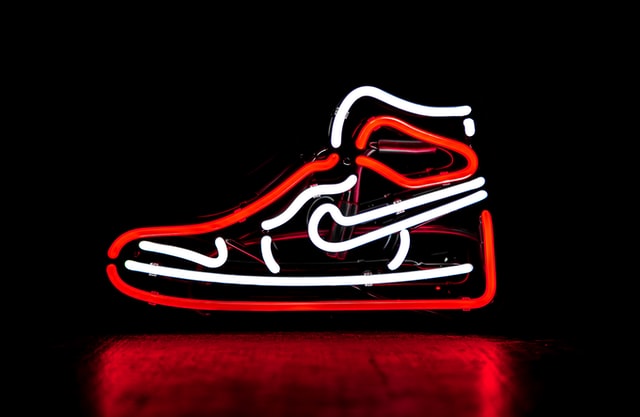
Nike doesn’t sell shoes. It sells an idea!!
Nike has built one of the most powerful brands in the world through its benefit-based marketing strategy. What is this strategy and how Nike has used it?
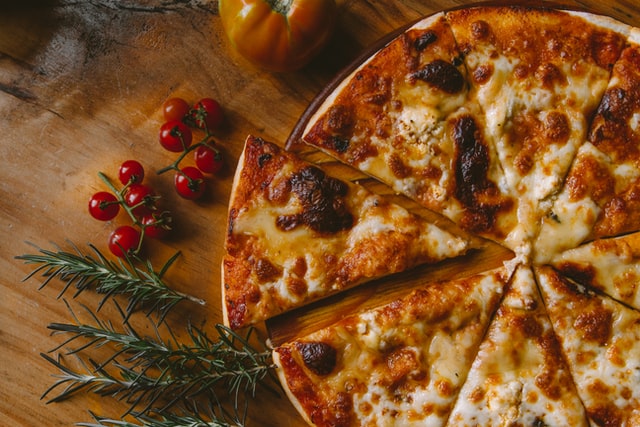
Domino’s is not a pizza delivery company. What is it then?
How one step towards digital transformation completely changed the brand perception of Domino’s from a pizza delivery company to a technology company?
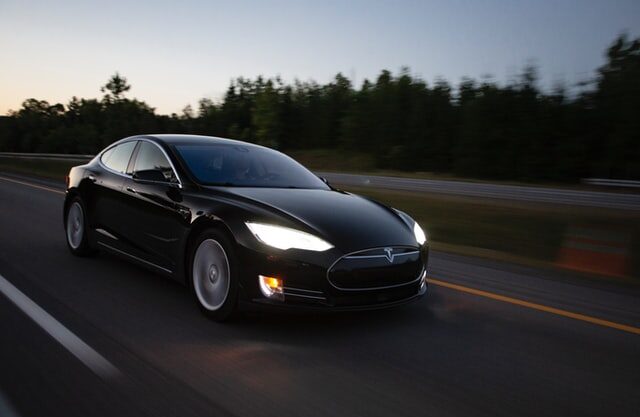
Why does Tesla’s Zero Dollar Budget Marketing Strategy work?
Touted as the most valuable car company in the world, Tesla firmly sticks to its zero dollar marketing. Then what is Tesla’s marketing strategy?

Yahoo! The story of strategic mistakes
Yahoo’s story or case study is full of strategic mistakes. From wrong to missed acquisitions, wrong CEOs, the list is endless. No matter how great the product was!!
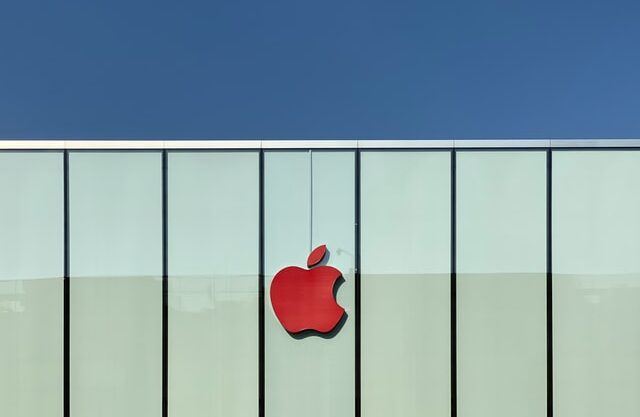
Apple – A Unique Take on Social Media Strategy
Apple’s social media strategy is extremely unusual. In this piece, we connect Apple’s unique and successful take on social media to its core values.